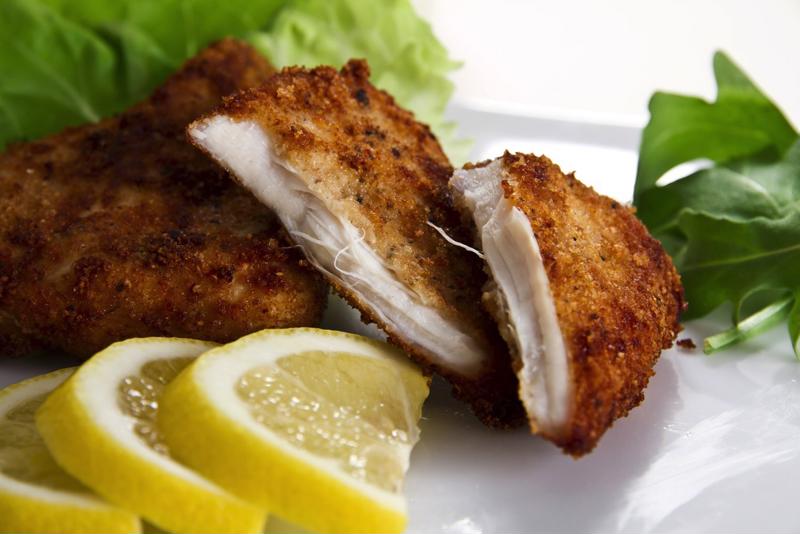Breakfast isn’t just a great way to start the day, it’s chance to eat delicious foods that are underrepresented during lunch and dinner. Boulder culinary school students can use the following two chicken-based concepts to improve their breakfast-making skills and produce dishes that truly impress everyone who eats them, whether family, friends or customers.
1. Picture-perfect scrambled eggs
Scrambled eggs made exceptionally well are a delight, a fluffy, flavorful dish that can be served with a variety of proteins, starches and vegetables, whether plated or on a breakfast sandwich. Serious Eats offers this classic recipe for scrambled eggs with medium-sized curds, fully cooked texture and airy, fluffy mouth feel, evoking the classic diner-style scrambled eggs.
Gather three large eggs, one-eighth of a teaspoon of kosher salt, one-half of a teaspoon of unsalted butter, two tablespoons of milk – optional, for softer and moister eggs – and freshly ground pepper. This simple ingredient list can be easily scaled to produce far more than the three eggs listed.
To prepare the recipe, simply beat the eggs with salt and, if desired, milk, until a generally even consistency forms. Then, heat a skillet to medium?-high heat and melt the butter until it foams. Pour the egg mixture into the pan and stir regularly. Once the curds form and eggs cook through – roughly three minutes, slightly longer if you like drier eggs or need them less moist for a larger dish – you can remove them from the heat, season with pepper and serve. Drier eggs are something to consider when serving on bread or with other items that don’t play well with excess moisture.
 Fried chicken is making inroads into breakfast.
Fried chicken is making inroads into breakfast.2. A delightful fried chicken breast
While breakfast has long been the near-exclusive territory of ham, bacon and sausage in terms of protein, fried chicken is making in-roads to this most important meal of the day. Including a fried chicken breast, whether plated or as part of a breakfast sandwich, is an intriguing change-up. However, it doesn’t stray too far from the flavors that many breakfast eaters have come to love.
For a great breakfast fried chicken breast, Food and Wine suggested gathering four chicken breasts, three cups of buttermilk, two cups of flour, one teaspoon each of garlic powder, cayenne pepper, paprika and salt, a half teaspoon of ground black pepper and enough canola oil to fry the breasts in your chosen vessel.
To prepare, cut the four breasts into eight equal portions, place in a bowl and cover with the buttermilk. Let stand, covered, overnight in your refrigerator. The next day, heat three inches oil in a Dutch oven to 350 degrees. Whisk your dry ingredients, then dredge the breasts thoroughly. Gently deposit the chicken into the hot oil, and cook for eight minutes or until the internal temperature reaches 160 degrees.
The next time you’re making breakfast, whether at home or on the job, consider these recipes as valuable tools for any chef.




